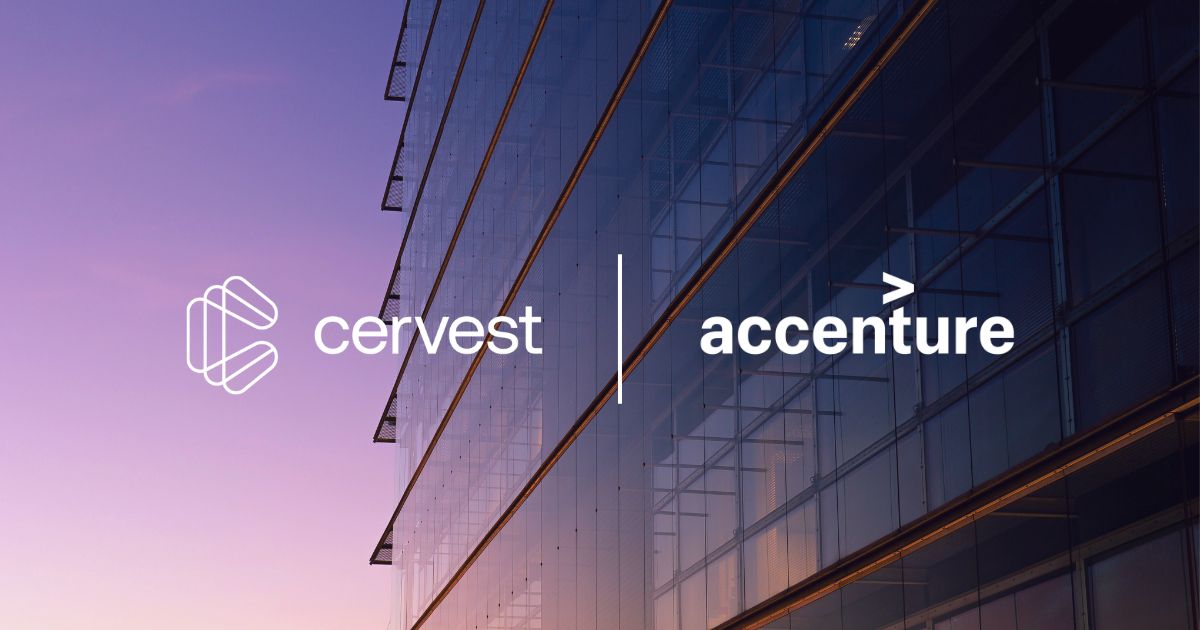Climate Intelligence pioneers: Dr. Helen Beddow

In celebration of the International Day of Women and Girls in Science, we’ve interviewed some of Cervest’s pioneering women climate scientists about what inspires them, why they chose their specialist field, and how they overcame any challenges they’ve faced in their careers.
In this blog, we’re talking to Dr. Helen Beddow, Cervest’s Climate Content and Knowledge Lead, about her obsession with Antarctica, society’s narrow view of leadership, and her role educating people and organizations about Climate Intelligence.
Helen, could you please introduce yourself and tell us about what you do at Cervest?
I am Helen Beddow, Cervest’s Climate Content and Knowledge Lead.
My role involves leading the education and training around Climate Intelligence - asset-level business intelligence for managing climate risk. As a subject matter expert, I also help evangelize the need for Climate intelligence with external audiences, including customers, partners, and the press.
Accessibility is important, but that doesn’t just mean making Climate Intelligence easy to understand. It’s also important to communicate climate science to different sectors and industries in creative and engaging ways that help them discover and manage their physical risk so they can make climate-informed decisions.
Why did you decide to pursue a career in climate science?
Since I was very, very young, I have been obsessed with Antarctica - a whole continent covered in ice! This is why I chose to study physical geography at university; I wanted to understand ice sheet dynamics. There has been an ice sheet on Antarctica for roughly 34 million years, and looking at how it has changed and interacted with the climate over long periods of Earth’s past is what my research focused on.
I think I’m very lucky because I’ve always been able to follow what I am interested in. That has led me to a great role at Cervest, a company combining climate science and technology to tackle the climate crisis.
Which people and role models inspired you to follow this path?
There are two women from the world of science that I find particularly inspiring.
The first is Mary Anning, a paleontologist who collected a lot of the fossils you can now see in the Natural History Museum in London. In a recent article, the Natural History Museum actually referred to Anning as “the unsung hero of fossil discovery.”
The second is Isabella Bird, a 19th century explorer and photographer. She was a pioneer for the empowerment of women, and the first woman to be a member of the Royal Geographical Society (RGS).
What did you study at university? What did you like most about this subject?
My degrees are in geography, oceanography and Earth Sciences, which all relate to different aspects of climate science.
What I like most about climate science is how it treats scale and complexity. Essentially, it’s the study of lots of different interconnected systems on scales that range from the behavior of microscopic sea creatures to the gravitational interactions between planets.
Being an Earth Scientist gives you a way of thinking about complexity and time that I carry over to many other aspects of my life. We often work and measure success on a quarterly or annual basis. But focusing on short-term targets and success metrics can create and compound problems further down the line. Being a geologist requires you to consider multiple time frames simultaneously, and to think about the impact five or ten years in the future, as well as your objectives for now.
What do you think are some of the challenges women face working in climate science? How have you overcome these obstacles in your own career?
I think society's idea of what leadership looks like, and what a scientist looks like, is too narrow. This not only creates barriers to entry, but barriers to progression. There is what is called the “leaky pipeline”, where at every stage of career development, science loses more and more women.
Ultimately, this lack of different perspectives impacts on the quality of scientific research. Caroline Criado Perez gives some great examples of this in her book, Invisible women. One that stuck with me was that women are more likely to be injured or killed in car crashes, because cars are designed with “reference man” in mind and studies looking at car crash impacts and seatbelts use crash-test dummies based on the average male. Diversity of perspective and experience makes for better, more complete research, which, in this case, makes for safer cars.
What’s the one piece of advice you would give to women and girls thinking about going into climate science?
Climate science is a really interdisciplinary field. At Cervest, we have experts in everything from machine learning to atmospheric physics, capital markets to risk management. Real innovation happens at the boundaries where different subjects interact. There is no one ‘optimal’ pathway, so follow whichever one keeps you interested.
To stay up-to-date with the latest Cervest news and insights, sign up for our newsletter.
Share this article
Our latest news and insights

Accenture and Cervest collaborate to bring innovative solutions to clients seeking resilience amid increased climate risk
Read more
What is climate intelligence and why do businesses and governments need it?
Read more